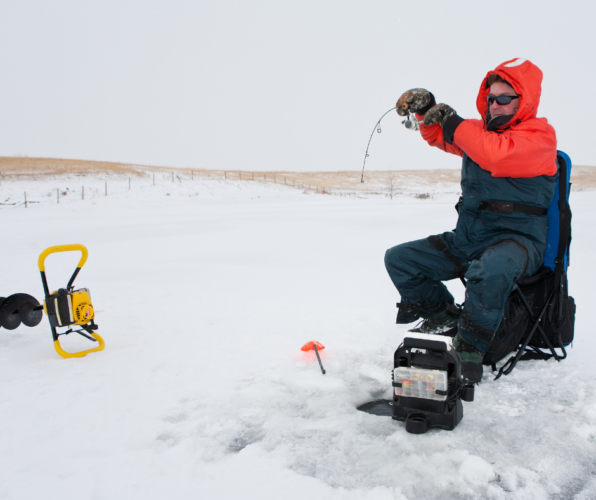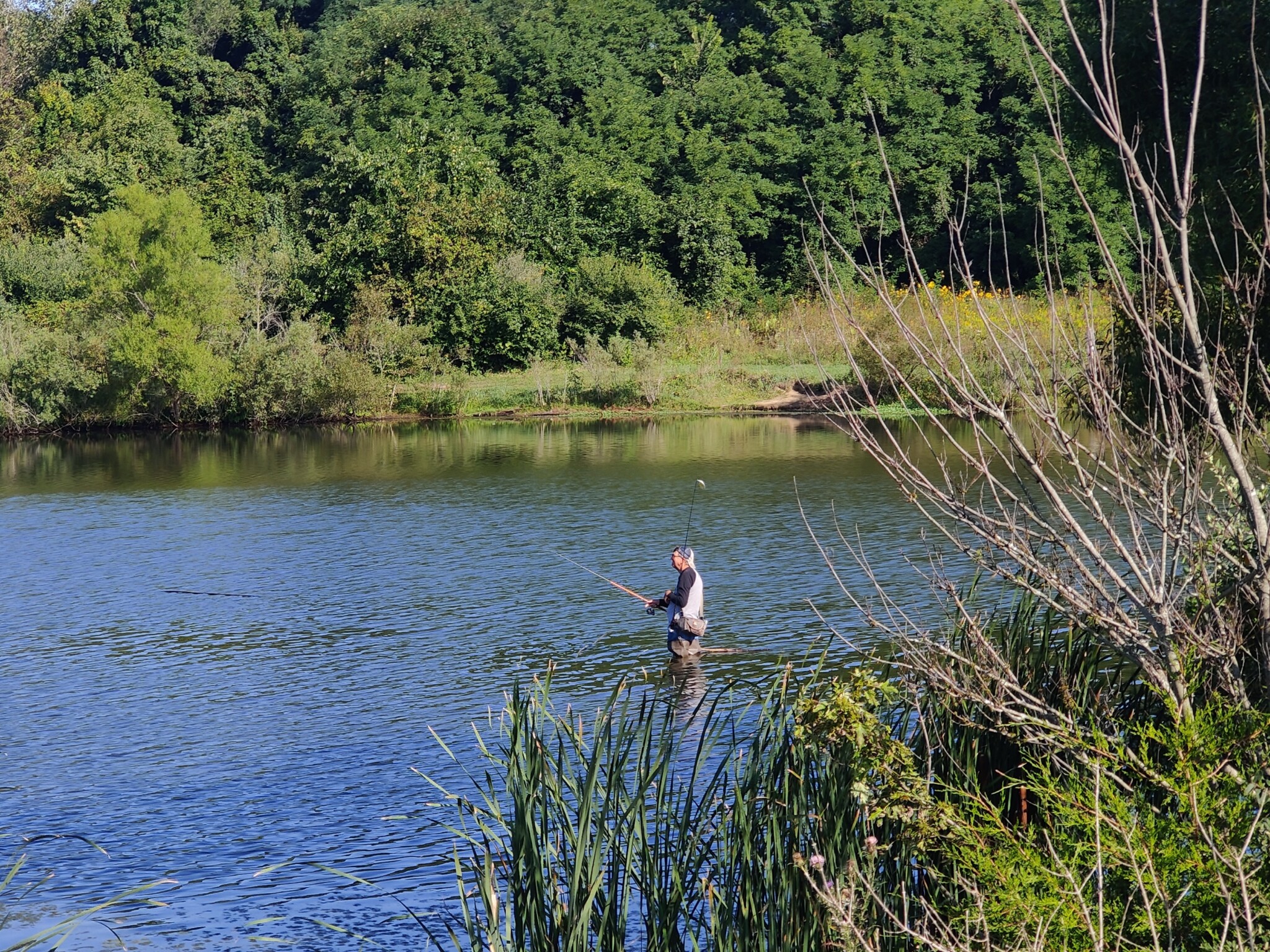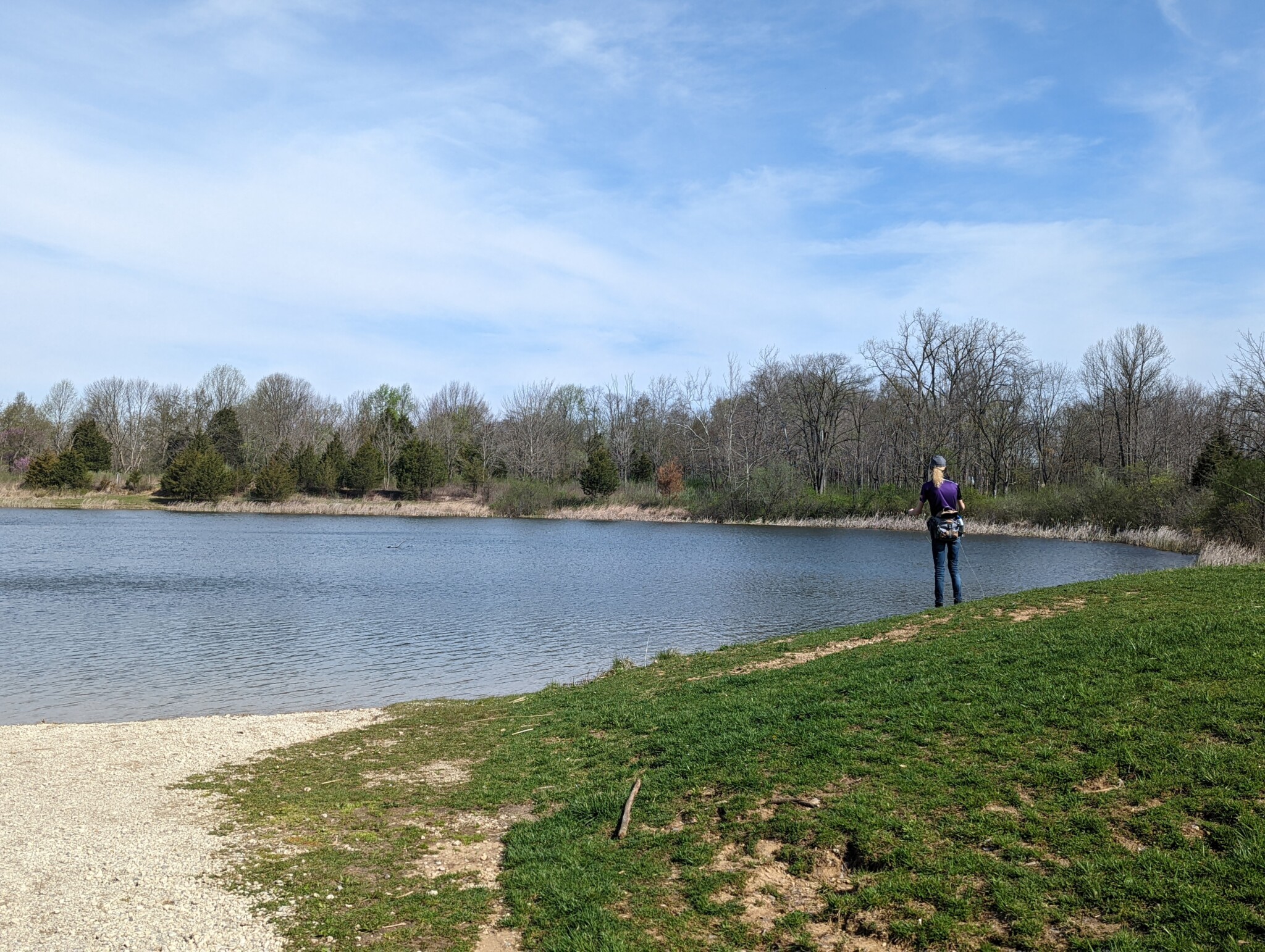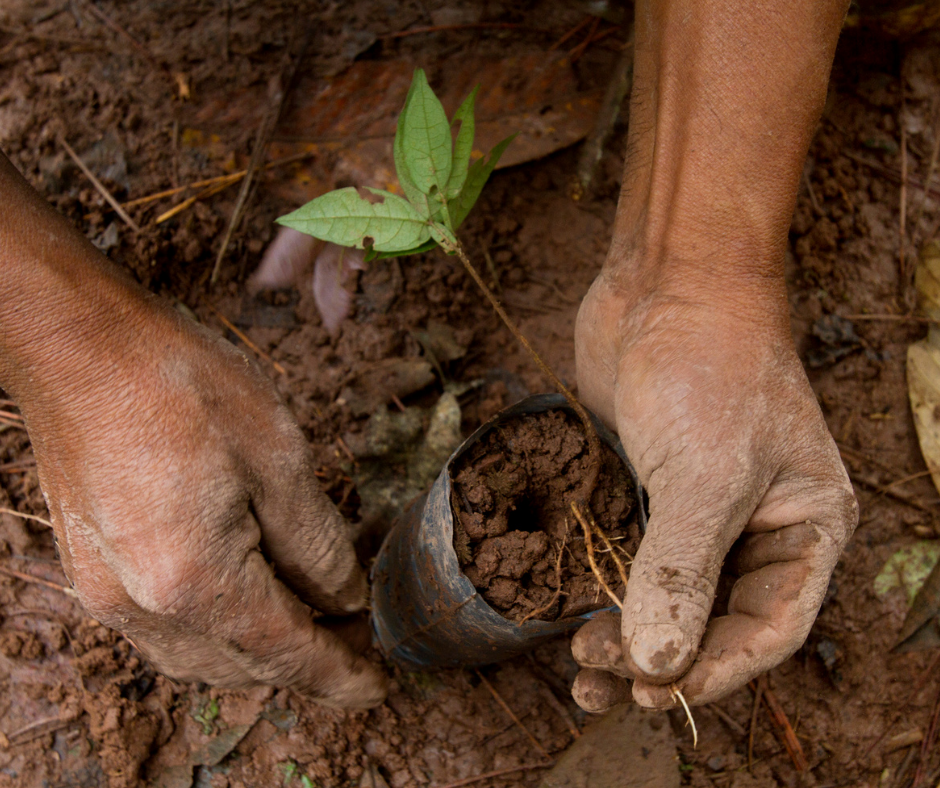Published January 21, 2022
Some slick info about ice fishing
Heads up! This article was published 3 years ago.

The thought of standing on top of freezing cold water sends a shiver up outdoor recreation specialist and fishing expert Kelly Kingery’s spine.
“I am not an avid ice angler,” she said. “I do know there are a lot of folks who love ice fishing and have done it for many years in a very safe way. That’s the key – safety first!”
The adage about judging ice — “Thin and crispy is way too risky, but thick and blue is tried and true” — means you should look at the ice you’re going to be on for any discolorations and cracks or holes. Know how thick the ice is on which you’ll be fishing and standing, but also know the thickness of the ice you’ll be travelling across to get to your fishing spot.
Generally speaking, here are some numbers to note when considering ice fishing:
- 4 inches is good for a person
- 6 inches if using a snowmobile
- 8-12 inches if using a car
- 14-16 inches for a truck. (Five Rivers MetroParks does not allow snowmobiles in the parks, or any vehicles on any bodies of water – no matter how thick the ice.)
If you are bringing friends to fish with you, think about needing 6 inches of ice due to the added weight.
Find out how thick the ice is either by using a hand auger or a “spud bar” that has a wedge on one end connected to a long shaft with a tamper on the other. This tool is pretty hefty and will whittle out a hole in just a matter of minutes. The effort will keep you warm, too. Bonus! You can also use it to thump the ice as you walk to your fishing spot, testing its solidness. A good solid knocking sound is what you want to hear.
Dress and prep for your outing
Dress in layers so you can take them off (if needed) or add them back on if you start to get cold. Wear polyester or neoprene. Avoid cotton, as it has no insulative properties when wet.
“I recommend a wicking layer next to the body to wick away any sweat you may generate setting up your spot,” said Kingery. “Then a warmth layer that will insulate the heat to your body, and then a wind blocking layer like a waterproof jacket and pants.”
Because anglers will be kneeling a lot, you’ll want to keep your legs dry. Additionally, always wear a hat to keep your head warm and dry.
Always remember a comfy seat of some kind. At a minimum, a turned-over bucket will work, but a chair may be a more comfortable option. Refrain from sitting on the ice, as that will encourage heat to leave your body in the cold weather.
If you’ve observed the safety measures above, you aren’t likely to fall through the water. However, be prepared by always wearing a life jacket. Doing so will also add a layer of warmth to your core. Attach a whistle to your jacket in case of an emergency. A perk of wearing a fishing life jacket is that many of them provide specialized pockets for gear.
Warm wool-blend or wicking socks inside thick, rubber-soled, insulative boots are good footwear on ice. Kingery also suggests getting cleats on your boots to avoid slipping and falling. Fingerless gloves with mitten covers are a great option. Also, add handwarmers in your pockets for even more warmth.
If you’re ice fishing often or for extended periods of time, invest in a shelter to avoid windy conditions. These shelters are often called shanties. With a gas/propane heater inside, it can get up to 70 degrees.
“If it’s warm enough, people can discard an extra layer — just remember to keep your life jacket on,” said Kingery. “Also be sure to have some ventilation. Extra comfort means you will be able to fish longer.”
Drilling your ice fishing hole
Now that you’re prepared to ice fish, you’ll want to drill your spot. Kingery notes that your fishing hole should be big enough to get fish in and out of the water, but small enough that people won’t fall through it.
There are manual and gas-powered augers that will get the job done. Kingery also mentions, “A 6-inch hole is most common. It’s big enough for any panfish and slender fish, such as saugeye. You are allowed up to a 12-inch hole in Ohio but the bigger the hole, the more effort it takes to drill. Some of the ice fishing guides up at Lake Erie will use 10-inch gas powered augers just in case of a trophy.”
Be sure to dip all the little pieces of ice out of the hole, too. A tool called an ice skimmer is made for this purpose. When you leave, it is important to mark the hole so that no one steps in it and people are aware someone already drilled nearby.
Ice fishing gear is pretty simple and easily packed across the ice, as the rod is only 2 to 3 feet long. The rod uses a spring bobber, leader, hook, lure or jig. Fluorocarbon line is better because it is less tangly and less visible to the fish.
A tip up can be used instead of the jigging rod if you want to leave all the work to the gear and just sit and watch the show. When using a tip up, a small flog pops up once fish takes the bait, indicating a strike. Then, you grab the line and start pulling your catch in hand-over-hand.
Lastly, you’ll need something to contain your fish if you plan on taking them home to clean and eat. A snow sled is a great conveyance tool to put everything on to pull across the ice with one hand as you use the spud bar to test the ice with the other hand.
More ice fishing need-to-knows
As a reminder, snowmobiles and vehicles on the ice are not allowed at Five Rivers MetroParks. Approved places for ice fishing at your own risk (and while wearing a properly fitted life jacket) are at the following locations:
- Carriage Hill – Cedar Lake
- Eastwood Lagoon
- Eastwood Lake
- Englewood – Martindale Pond
- Englewood – North Park
- Germantown – Sunfish Pond (catch and release)
- Island – Lagoon
- Possum Creek – Fishing Ponds
- Taylorsville – Poplar Creek Ponds
- Twin Creek – Lake George (catch and release)
Please follow all applicable fishing rules and regulations as governed by the State of Ohio and any additional rules posted by Five Rivers MetroParks, such as catch and release.





